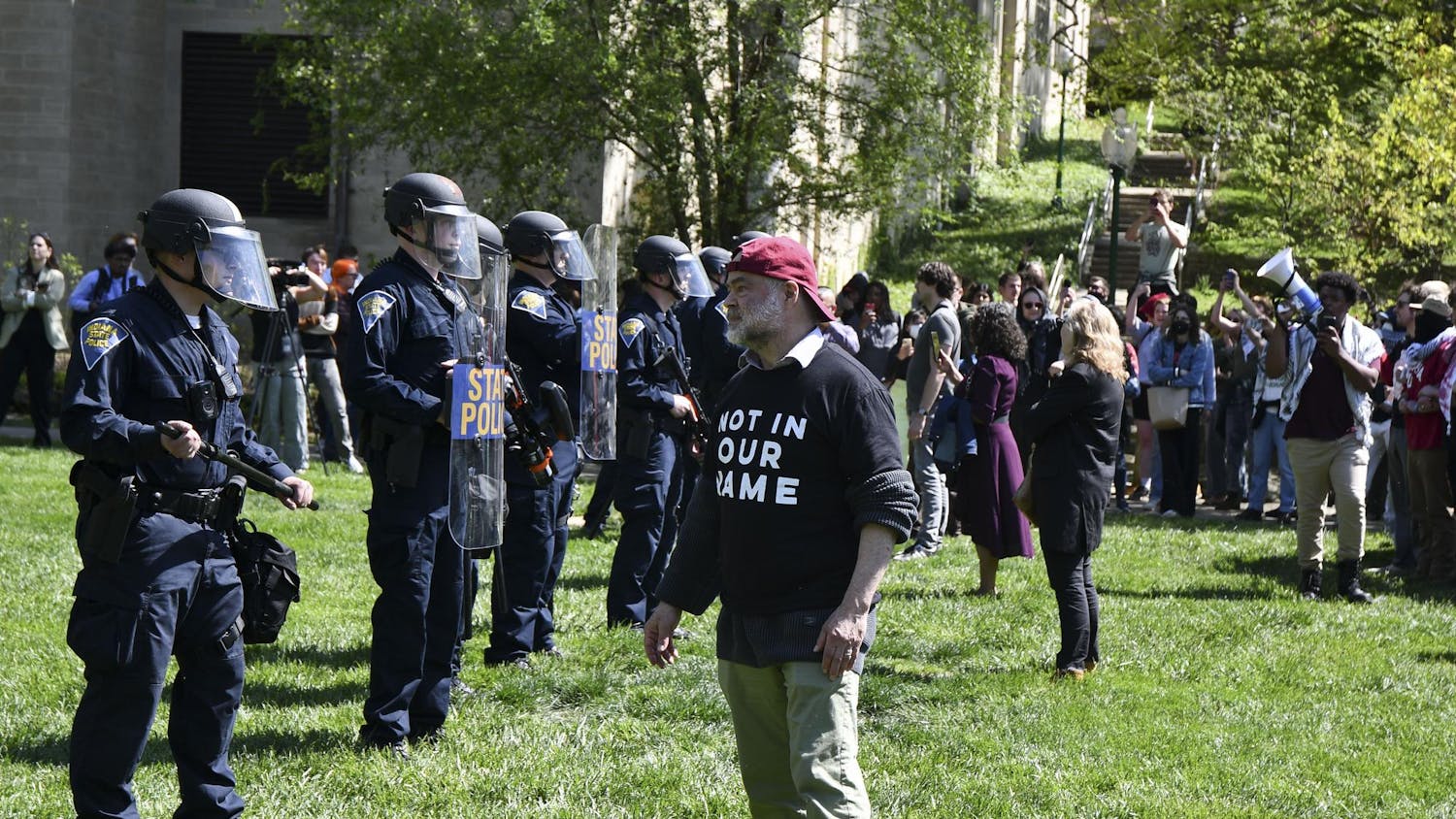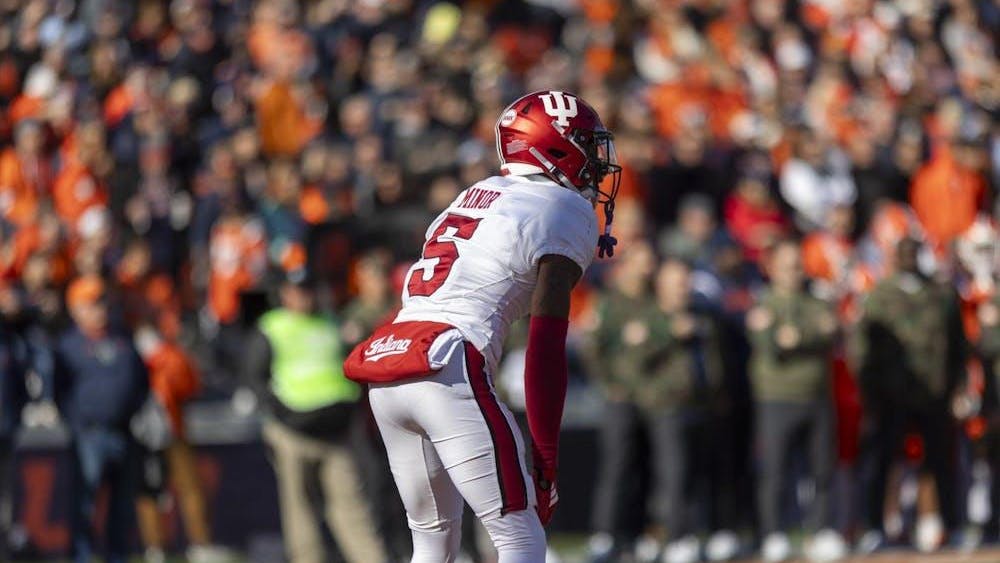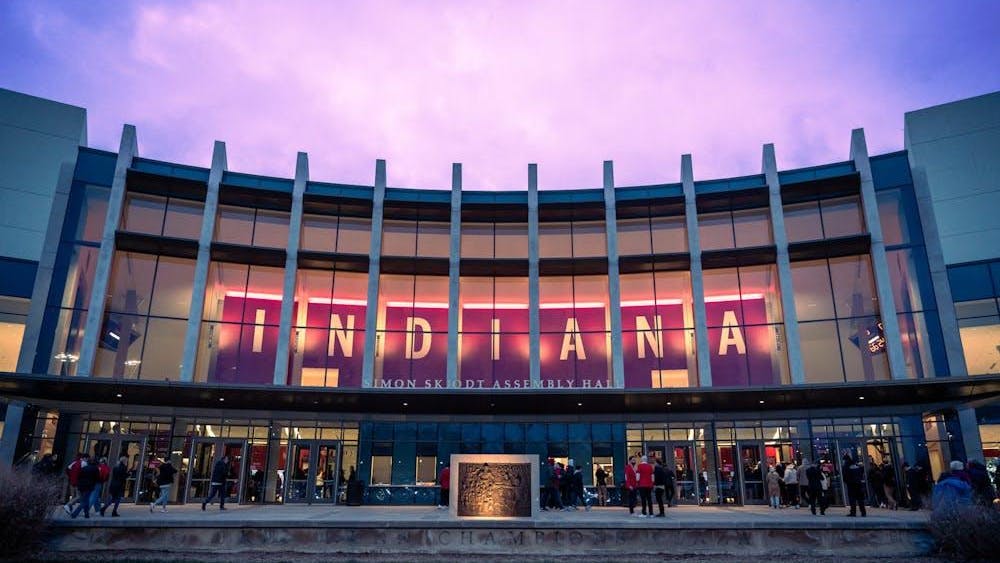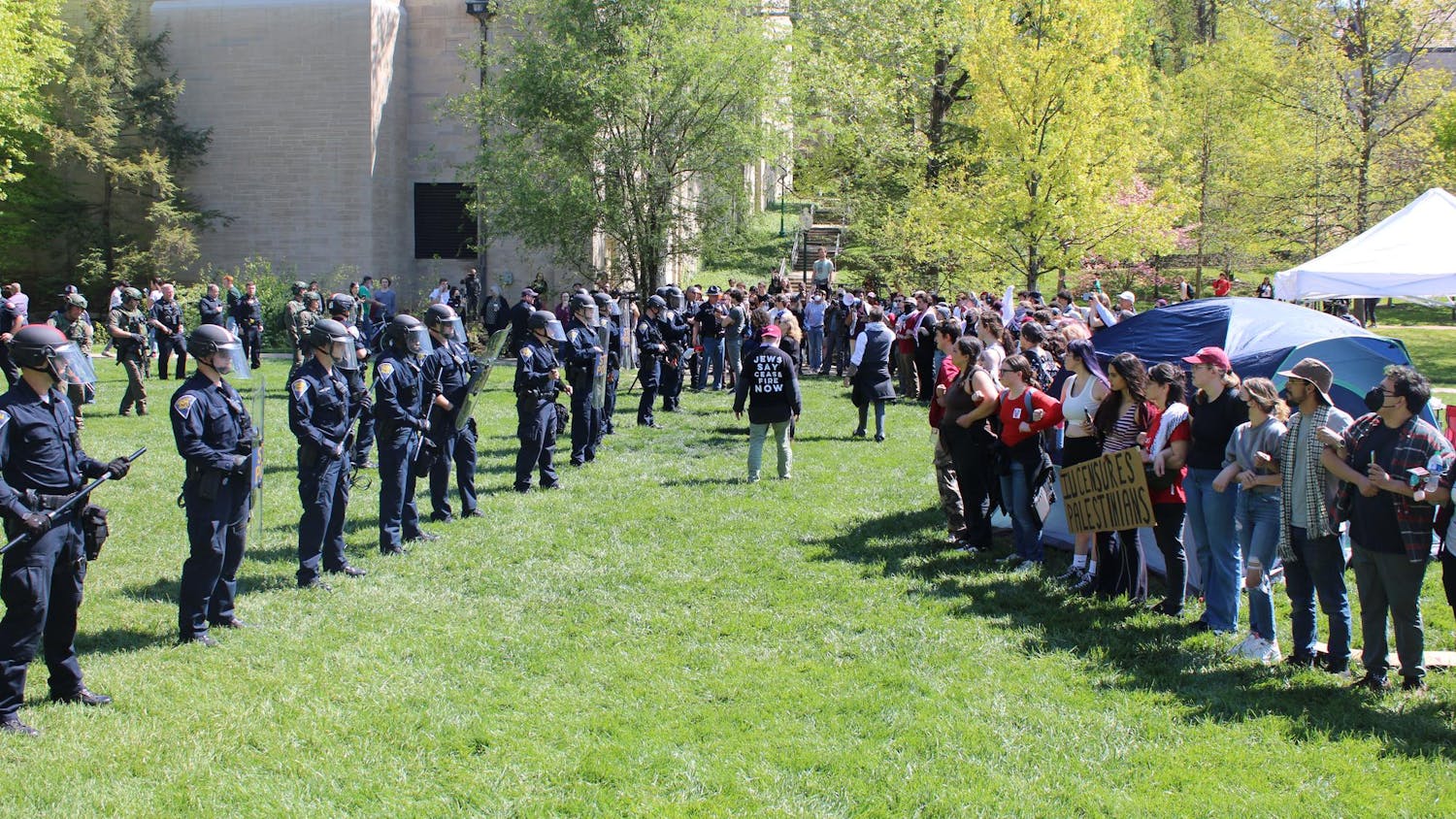Since 2010, IU has launched 1,966 efforts on campus to promote diversity.
Despite this, the University faces several challenges in continuing a strategic effort that makes the push for diversity more cohesive.
Halualani & Associates, a consulting group that conducted a comprehensive assessment of IU’s diversity and inclusion efforts, used web-scraping tools, surveys and other methods of compiling data to quantify and map University activities.
They determined 99 percent of IU’s efforts to be intrinsically motivated.
“We ought not to get too swayed by the quantity,” said Rona Halualani, managing principal and founder of Halualani & Associates. “This is more than just a number. What I like about this is that I can tell IUB is already in the works, because 95 percent of those efforts were centrally focused on diversity.”
Halualani discussed the assessment’s findings Monday morning in the Neal-Marshall Black Culture Center.
She explained diversity mapping as a process requiring the analysis of structural evidence of various diversity efforts as well as a range of personal accounts of the campus’s climate.
A quantifiable diversity effort consists of any activity or program that is not part of a set curriculum.
Events can include student initiatives, panels or any event at which inclusivity for marginalized or underprivileged groups is discussed.
Halualani & Associates received 1609 responses on the Diversity Efforts Informational Survey, which is one of the highest rates for a higher educational institution.
For their work concerning IU, Halualani also received more than 400 emails privately and reviewed more than 483 documents submitted to the group online.
After counting the number of diversity efforts made by the University and critiquing their depth and breadth, Halualani said her team was able to give a definitive ranking to IU’s level of strategic practices.
Out of four stages, four being the most dynamic and aligned through their efforts, IU was determined to be squarely in the second stage in their diversity initiatives.
“In order to improve, IU needs to latch on to the current goals it has right now, come together to elaborate on how to take action steps and have a better conversation,” Halualani said.
The consulting group had several suggestions for moving IU up a tier.
Proposals include focusing more diversity engagement on issues in power and justice, developing a stronger structure for retention and recruitment of minorities and focusing more on groups that are commonly overlooked on campus such as veterans and the disabled.
Halualani said a campus climate assessment every two years is a good starting point to gauge student and faculty experiences.
She also said an in-depth study on departure studies was critical for maintaining high retention rates.
“A lot of the factors that lead students to dropping out has to do with emotional regulation, academic validation, having a crisis and being unable to find help,” Halualani said.
Toward the end of the presentation, the floor was opened for attendees to make comments and ask Halualani questions about the assessment process and how to use the findings to improve the campus climate.
“As long as I think we look at difference as a deficit, we will never achieve belonging,” said Valerie Grim, chair of the Department of African American and African Diaspora Studies.
Halualani said she was confident in IU’s mission statements and diversity efforts and improving these practices could form a more cohesive, centralized plan for the University’s future that will guide it toward being more inclusive, welcoming and a better home.
“The goal of diversity mapping for us is to show you a picture of yourself that you might not have seen,” Halualani said. “This assessment isn’t the work. The work actually begins now.”





